The cost and safety implications of not running tyres at the correct pressure have been revealed in new research.
Lab tests of three identical new tyres were inflated to different levels to measure the rolling resistance or friction each tyre generated as it rolled along the road.
One tyre was inflated to the recommended 36psi (2.5bar), the second to 22psi (1.5bar) and the third to 51psi (3.5bar).
The under-inflated tyre suffered a 4.5% increase in rolling resistance compared with the correctly inflated one, meaning the car would use an additional £1.50 worth of petrol for every 100 miles driven if four of them were fitted to an Audi A3 1.5 petrol.
If covering 10,000 miles a year, it would represent an extra £150 on fuel.
There are also compelling safety reasons why cars should not be driven with such low tyre pressure, according to the research.
During testing on wet and dry handling tracks, an Audi A3 1.5 petrol fitted with all four tyres under-inflated to 22psi took 1.3 metres longer to come to a halt from 50mph than the same car with four correctly inflated tyres (36psi).
This additional stopping distance means a car is far more likely to crash into another vehicle in front or hit a pedestrian.
The low-pressure tyres also lost grip on a wet road surface 5mph sooner than the correctly inflated tyres. Handling was also adversely affected when the tyres were deflated to 22psi.
Furthermore, the test car took one second longer than it should have done, with the correct pressures, to complete a circuit of the wet handling track, and 1.8 seconds longer to go round the dry handling track.
The final test conducted highlighted the serious threat to safety posed by having a single under-inflated tyre, which replicates the car having a slow puncture.
With the rear nearside tyre deflated to 22psi, the car skidded so violently on the wet track that it was flung off the Tarmac and onto the grass, stopping it from completing a test lap.
The tyre inflation tests were conducted as part of wider tyre testing, which pitted tyres from five different brands against each other in a series of track and lab tests.
The best performing tyre was the Continental PremiumContact 7, and the lowest scoring was the Triangle EffexSport TH202.
The Michelin Primacy 5 was commended for delivering the best economy.
What Car? consumer editor, Claire Evans, said: “It’s good to know that you’ll save money on fuel if your car’s tyres aren’t over-inflated, but it’s the safety implications of driving with too little air in your tyres that make the most compelling argument for checking tyre pressures regularly.
“Our main tyre test also highlights the significant difference in the handling and braking abilities of different tyres.
“Poorer performing tyres can take up to three metres longer to stop than the best tyres, and that could be the difference between having a near miss or hitting another vehicle in an emergency situation.”



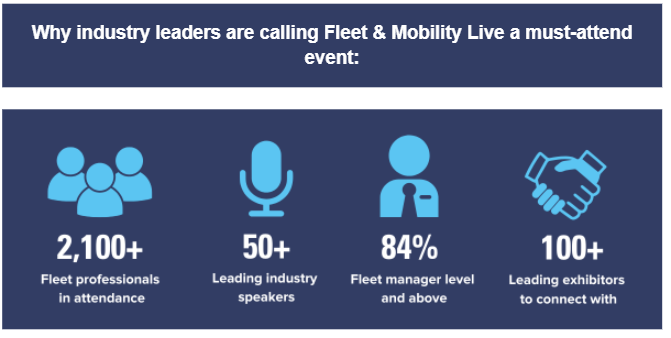



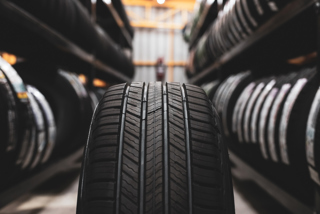


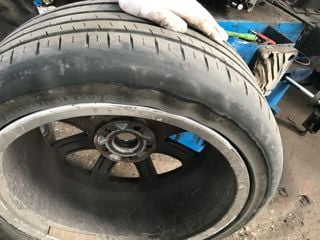


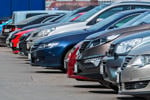





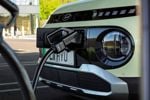





Login to comment
Comments
No comments have been made yet.